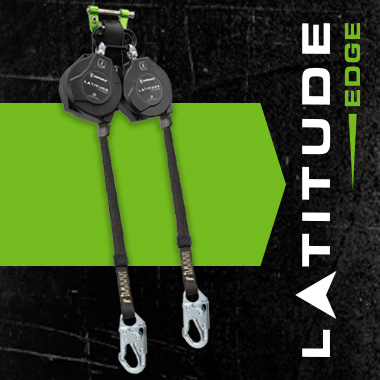Tying off at ground level is not generally recommended and it is best practice to avoid it if at all possible. The difficulty is that it requires a greater degree of clearance between the walking-working surface and the next lower level. Additionally, objects or equipment in the fall path present a significant hazard. In many cases, the available clearance is not uniform across broad areas.
There are various energy absorbing lanyards and self-retracting devices that are designed for these circumstances with clearance required between levels to safely arrest a fall between 13-18 feet. If we consider steel erection as a benchmark, typical clearances between levels range from 10-15 feet. That leaves little margin for error. When working within a pipe-rack, clearances can be even less.
The best outcomes will always come from utilizing overhead anchorages. If there is no suitable overhead structure to tie into, horizontal lifelines or portable ballasted devices may be more suitable options. If those measures are not feasible, OSHA does allow free-falls up to twelve feet. However, this is provided that equivalent thresholds of protection are provided to those workers (maximum arrest forces not to exceed 1,800 lbs.) and provided that they do not strike a lower level or an object in the fall path.
